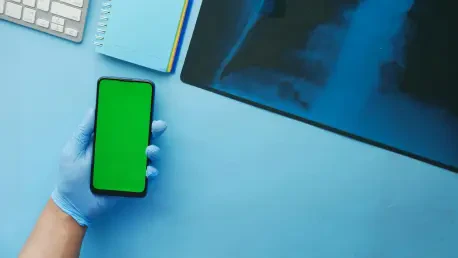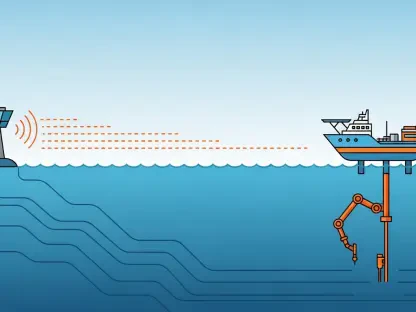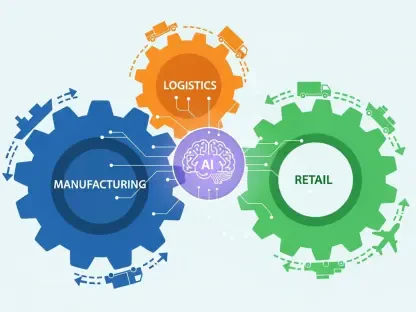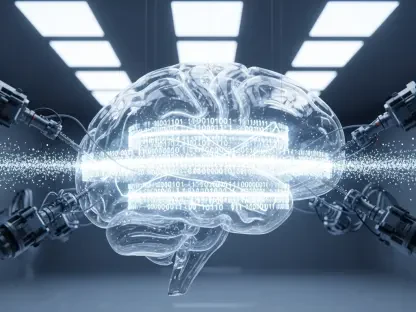I’m thrilled to sit down with Laurent Giraud, a renowned technologist with deep expertise in Artificial Intelligence, machine learning, natural language processing, and the ethical considerations of AI. Today, we’re diving into an exciting development in medical imaging as Laurent shares insights on the University Health Network’s adoption of the Reveal Mobi Pro, a cutting-edge mobile X-ray system. Our conversation explores the inspiration behind integrating this technology, its unique features, the impact on patient care—especially for those in critical conditions—and the collaborative efforts that made this innovation possible. We’ll also touch on how this advancement could reshape hospital efficiency and diagnostic accuracy.
How did the idea of bringing the Reveal Mobi Pro mobile X-ray machine into the radiology department come about, and what drove this decision?
The primary motivation was to address significant gaps in bedside imaging, particularly for patients who are too ill to be moved. Traditional X-ray systems often fall short in delivering the clarity needed for accurate diagnoses right at the point of care. We saw an opportunity with the Reveal Mobi Pro to enhance patient safety and diagnostic precision without the risks associated with transporting critically ill individuals. It was about prioritizing patient-centered care while leveraging advanced technology to solve real-world challenges in a hospital setting.
What sets the Reveal Mobi Pro apart from the conventional bedside X-ray machines typically used in hospitals?
The standout feature is its integration of SpectralDR technology within the Reveal 35C detector. Unlike traditional machines that provide a single image, this system generates three distinct views from just one exposure—a standard image, a bone-enhanced view, and a soft tissue-focused image. This multi-layered perspective allows clinicians to see internal structures with remarkable clarity, which is a game-changer for spotting subtle abnormalities that might be missed otherwise.
Can you elaborate on how the SpectralDR technology enhances image quality and why that matters for patient outcomes?
Absolutely. The SpectralDR technology separates different tissue types in the imaging process, which dramatically improves the visibility of details. For instance, it can highlight lung lesions or fluid buildup that might be obscured in a standard X-ray. This clarity means doctors can make faster, more accurate diagnoses without needing additional scans, which reduces patient stress and exposure to radiation while speeding up critical treatment decisions.
For patients in the ICU, how does this technology transform their care experience?
It’s transformative because it eliminates the need to move critically ill patients to imaging suites, a process that can be risky and resource-intensive. Bringing high-quality imaging directly to the bedside ensures that these patients receive timely diagnostics without the potential complications of transport. Early feedback from staff has been overwhelmingly positive—they appreciate the ease of use and the immediate impact on decision-making for their most vulnerable patients.
What broader effects do you anticipate this technology will have on hospital operations and resource management?
We expect a significant boost in efficiency. By reducing the reliance on CT scans for certain cases, we can alleviate backlogs in imaging departments, freeing up equipment and staff for other critical needs. Preliminary data from similar implementations suggests a substantial drop in CT scan requirements, which also translates to cost savings and faster turnaround times for results. It’s a step toward streamlining workflows in a healthcare system often stretched thin.
How did partnerships play a role in bringing the Reveal Mobi Pro to the hospital, and what was the process like?
Collaboration was key. Working with organizations focused on health innovation helped us evaluate and adopt this technology through structured programs. These partnerships provided a framework for rigorous testing and ensured the system met clinical needs before full implementation. They also offered support in navigating the logistical and financial aspects, making the integration smoother and more sustainable for a large hospital network.
There’s mention of conditions like pneumonia or pneumothorax often being missed with older bedside X-ray systems. Can you shed light on why that happens?
With traditional portable X-rays, the image quality at the bedside can be limited due to factors like patient positioning or equipment constraints. Conditions like pneumonia or a collapsed lung might present with subtle signs that are hard to detect without higher resolution or multiple angles. These misses can delay treatment, which is especially dangerous for ICU patients. Our experience shows this is not uncommon, underscoring the need for better tools at the point of care.
How does the Reveal Mobi Pro improve the detection of these critical conditions compared to older technology?
The ability to produce detailed, multi-view images from a single shot is a major advantage. It enhances the visibility of issues like fluid in the lungs or air pockets that indicate a pneumothorax. Studies with similar systems have shown up to a 33% increase in pneumonia detection rates, which means we’re catching things earlier and intervening before conditions worsen. It’s about giving clinicians the confidence to act swiftly with accurate information.
Looking ahead, what is your forecast for the future of mobile imaging technologies in healthcare?
I’m incredibly optimistic. Mobile imaging, like the Reveal Mobi Pro, is just the beginning. I foresee these technologies becoming even more integrated with AI to assist in real-time diagnostics, predicting potential issues before they escalate. We’ll likely see smaller, more portable devices with enhanced capabilities, making high-quality imaging accessible in even the most challenging environments. The focus will remain on patient safety and efficiency, driving innovations that bridge gaps in care delivery across diverse settings.









